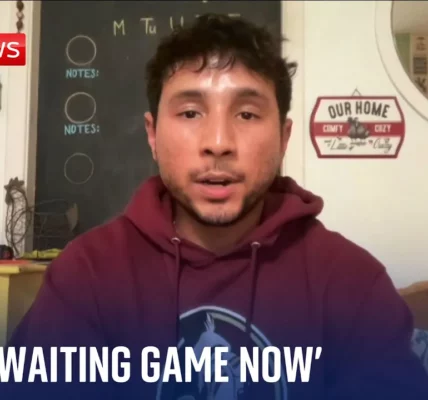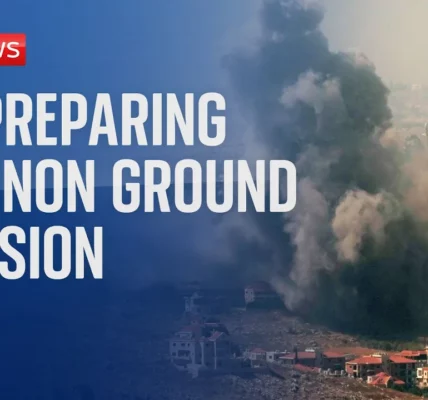The Winds of Change in Sri Lanka’s Political Landscape

This article delves into the recent political changes in Sri Lanka, highlighting the enthusiasm for reform, the economic challenges faced by the nation, and the pivotal elections that could redefine its future.
Introduction
The current political climate in Sri Lanka is charged with enthusiasm and a desire for change. The long-standing dominance of the Rajapaksa family in Sri Lankan politics is being challenged by new candidates like Anura D, who embody the aspirations of a populace eager for transformation. This article explores the backdrop of the pivotal elections that follow the significant protests of 2022, examining the impacts of economic mismanagement and the public’s demand for accountability and reform.
The Context of Change
The upcoming elections represent a critical juncture in Sri Lanka’s political and economic history. Following the protests of 2022, which were sparked by widespread dissatisfaction over economic hardships, the political landscape has been irrevocably altered. The Rajapaksa regime, which had long maintained a grip on power, was forced to resign in the face of overwhelming public dissent.
Protests and Public Discontent
The protests that erupted in 2022 were characterized by:
- Mass gatherings demanding government accountability.
- Pitched battles between protesters and security forces.
- Public anger over economic mismanagement leading to bankruptcy.
The intensity of these protests demonstrated the power of the people, ultimately leading to the resignation of President Rajapaksa. Citizens not only demanded change but took action, including storming the presidential residence.
The Economic Challenges Ahead
Sri Lanka is facing significant economic challenges that have been exacerbated by political instability. The garment industry, a cornerstone of the economy, has suffered immensely.
The Impact on Employment
Many businesses have been forced to make difficult decisions. For instance:
- A major garment factory has halved its workforce.
- Other factories have closed down, leading to hundreds of layoffs.
- The escalating costs and declining orders are attributed to civil unrest and political instability.
This economic downturn has made it difficult for businesses to operate efficiently, prompting brands worldwide to reconsider their orders from Sri Lanka.
The Role of Austerity Measures
The government’s response to the economic crisis included a bailout package that provided temporary stabilization. However, this came with:
- Hard austerity measures.
- Structural reforms that have placed additional burdens on citizens.
- Tax hikes that have contributed to a rising cost of living.
As a result, many citizens find it increasingly difficult to make ends meet, with salaries that were once sufficient now barely covering essential expenses.
The Path Forward
As Sri Lanka approaches its elections, the next president will face monumental challenges. The need for decisive leadership and innovative solutions is more critical than ever.
Expectations from Leadership
The new leadership must focus on:
- Restoring public trust in government institutions.
- Implementing effective economic policies to revitalize key industries.
- Addressing the immediate needs of citizens suffering from the cost of living crisis.
Public expectations are high, and the electorate is looking for a leader who can navigate these turbulent waters.
Conclusion
The upcoming elections in Sri Lanka are a pivotal moment for the nation, with the potential to redefine its political and economic landscape. As citizens rally around candidates who promise change, the focus must remain on creating sustainable solutions to the pressing issues at hand. The journey ahead will require resilience and determination from both the leaders and the people. We encourage you to stay informed and engaged with the unfolding developments in Sri Lanka’s political scene.
“`




